Besides beef noodle soup and pho, people in Hue have a habit of eating rice noodle soup (banh canh) every morning. Almost every small neighborhood sells banh canh. In the past, from the early morning, banh canh vendors would set out from An Cuu, spreading throughout the city and into the citadel. Each vendor would choose a neighborhood or hamlet to sell in. The Luong Y neighborhood within the citadel was famous for the banh canh vendor run by Mrs. Xay, who would carry her cart from An Cuu and sell it right in front of Luong Y Primary School. Now, the area near the citadel has been cleared, the primary school has been demolished, and the population in the small neighborhood has thinned out, so the street vendors selling breakfast foods like banh canh, clam rice, and grilled pork sandwiches are no longer there.
However, if you walk across the Luong Y Bridge (Xuan Sau Tam Street), near the Dong Ba Gate, Mai Thuc Loan Street, Dinh Tien Hoang Street... every morning, for just 10,000 VND, you can enjoy a steaming bowl of rice noodle soup, sweet and savory, with the spicy kick of Hue chili peppers...
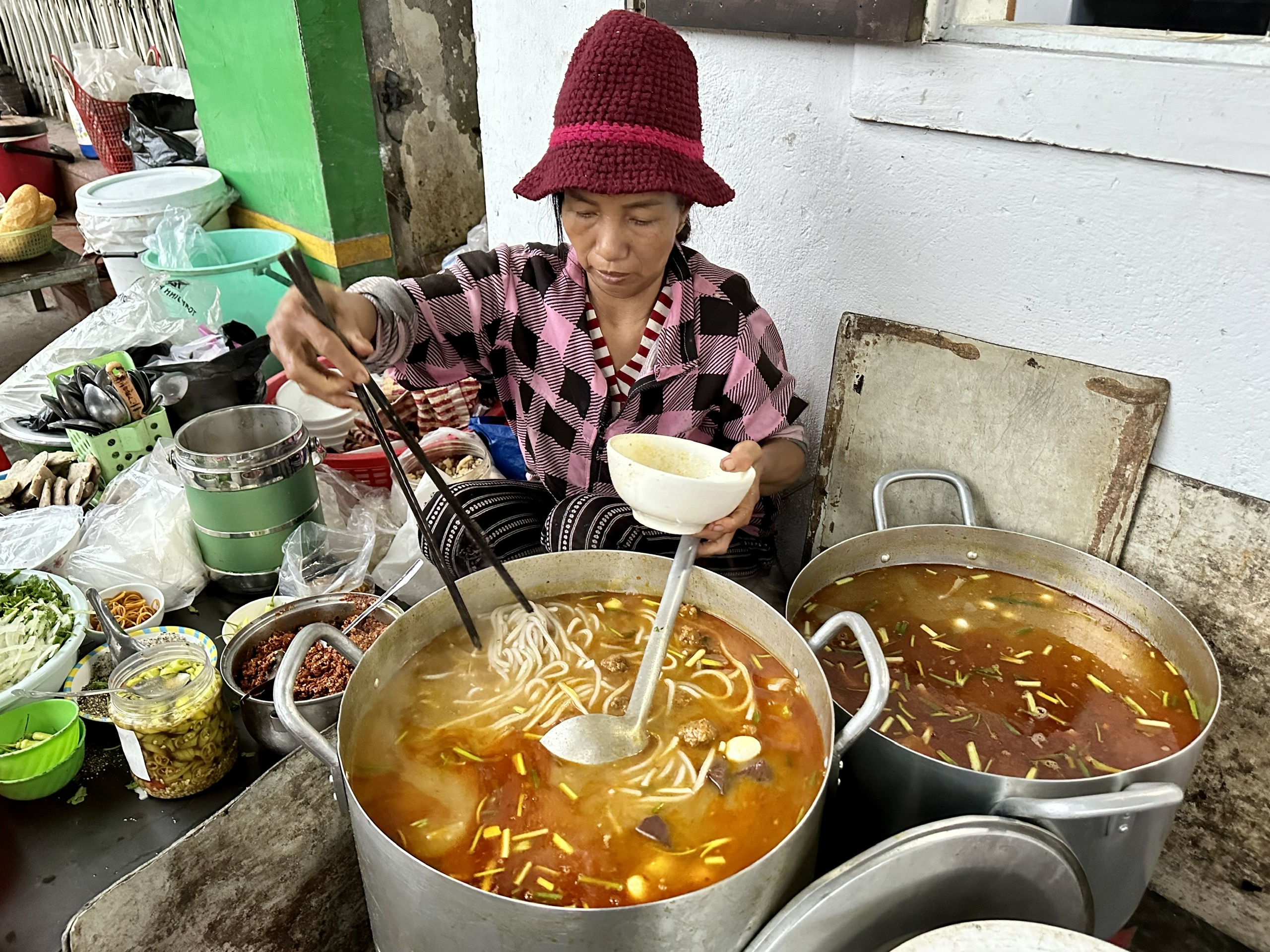
The vendor uses long chopsticks to pick up the noodles, then uses a ladle to scoop various toppings and sauce into a overflowing bowl, selling it for 10,000 dong. Many people can't finish a whole bowl, so they offer it for only 5,000-7,000 dong, and the vendor still sells it.
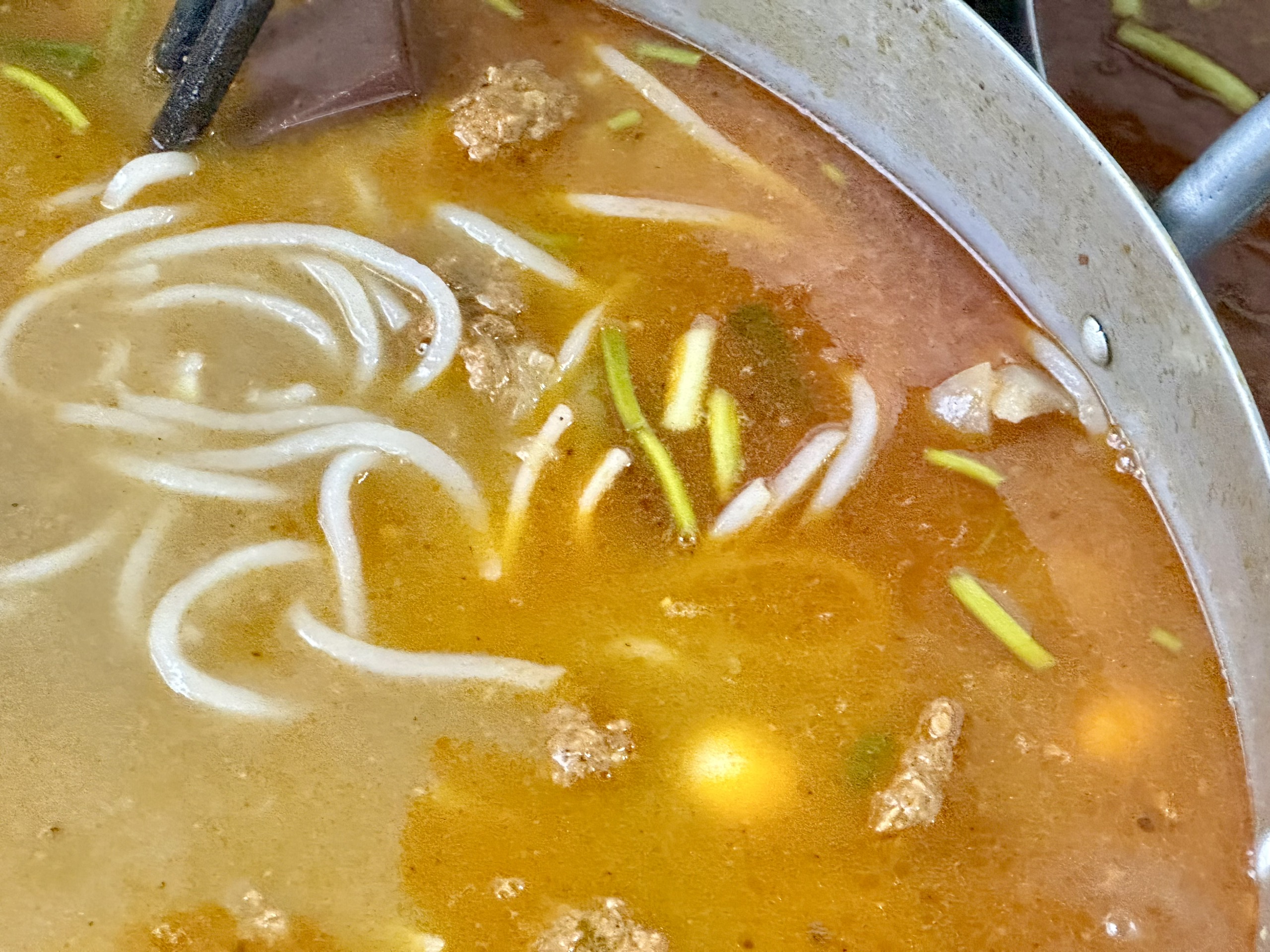
A bowl of rice noodle soup costing 10,000 VND will include 2 pieces of crab cake, 2 quail eggs, a piece of pork skin, and a piece of blood pudding. If the customer prefers only crab cake and quail eggs, the seller will add 3 pieces of crab cake and 2 quail eggs, or vice versa...
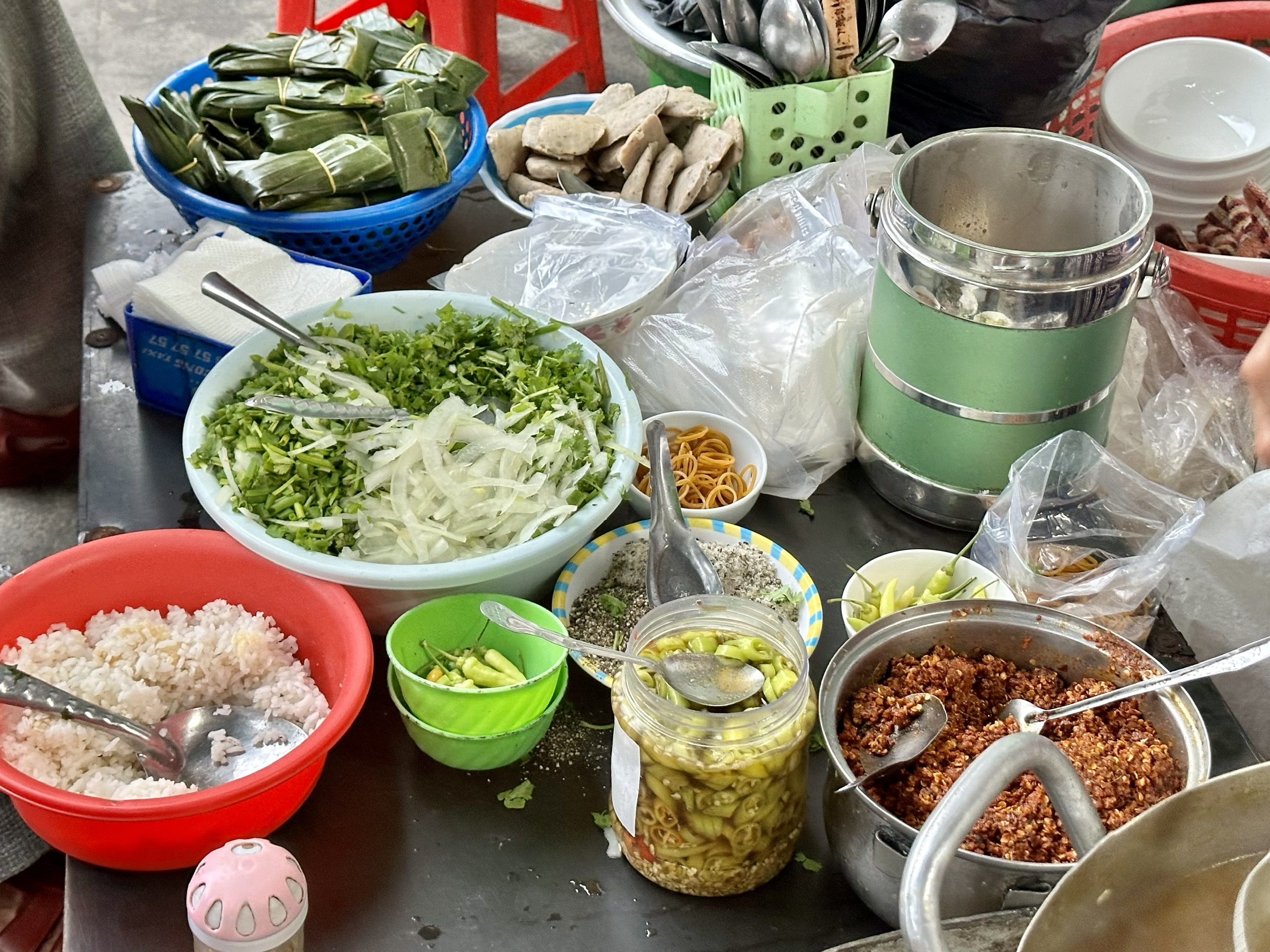
The diners add their own condiments after receiving a bowl of noodle soup from the vendor. Notably, the vendor always includes a small bowl of leftover cooked rice on the condiment table. Many customers enjoy adding leftover cooked rice to eat with their noodle soup.
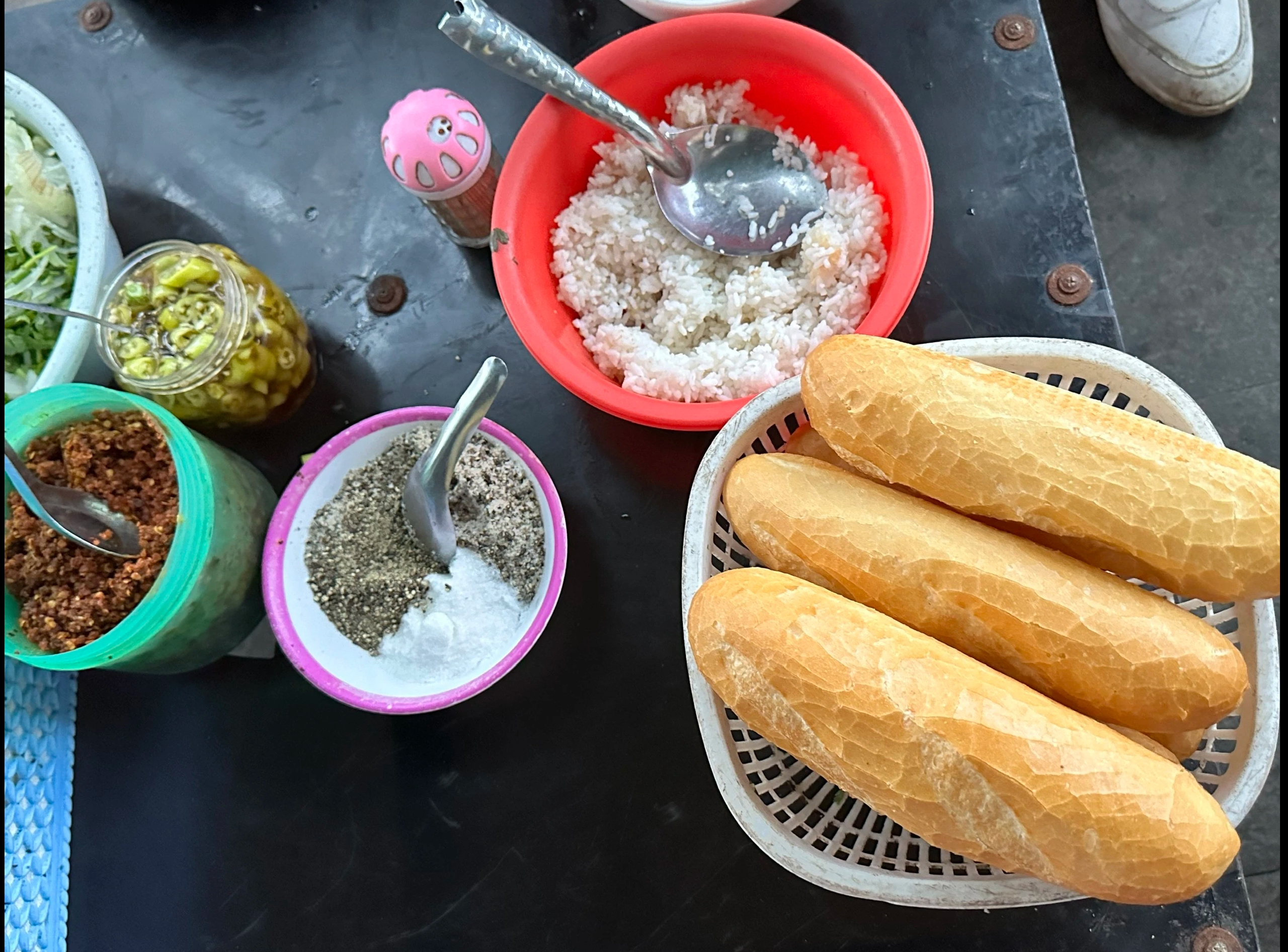
Or serve it with bread...
After the rice is ground into flour, it is kneaded with warm water to form a pliable dough. Then, the dough is rolled into thin layers before being cut into small strands, approximately 10 to 12 cm long and 1 cm thick. Thanks to this traditional method, the noodles in Hue-style rice noodle soup are always very soft, have a pleasant aroma of rice flour, and do not leave a sour aftertaste like noodles made from other industrial flours.
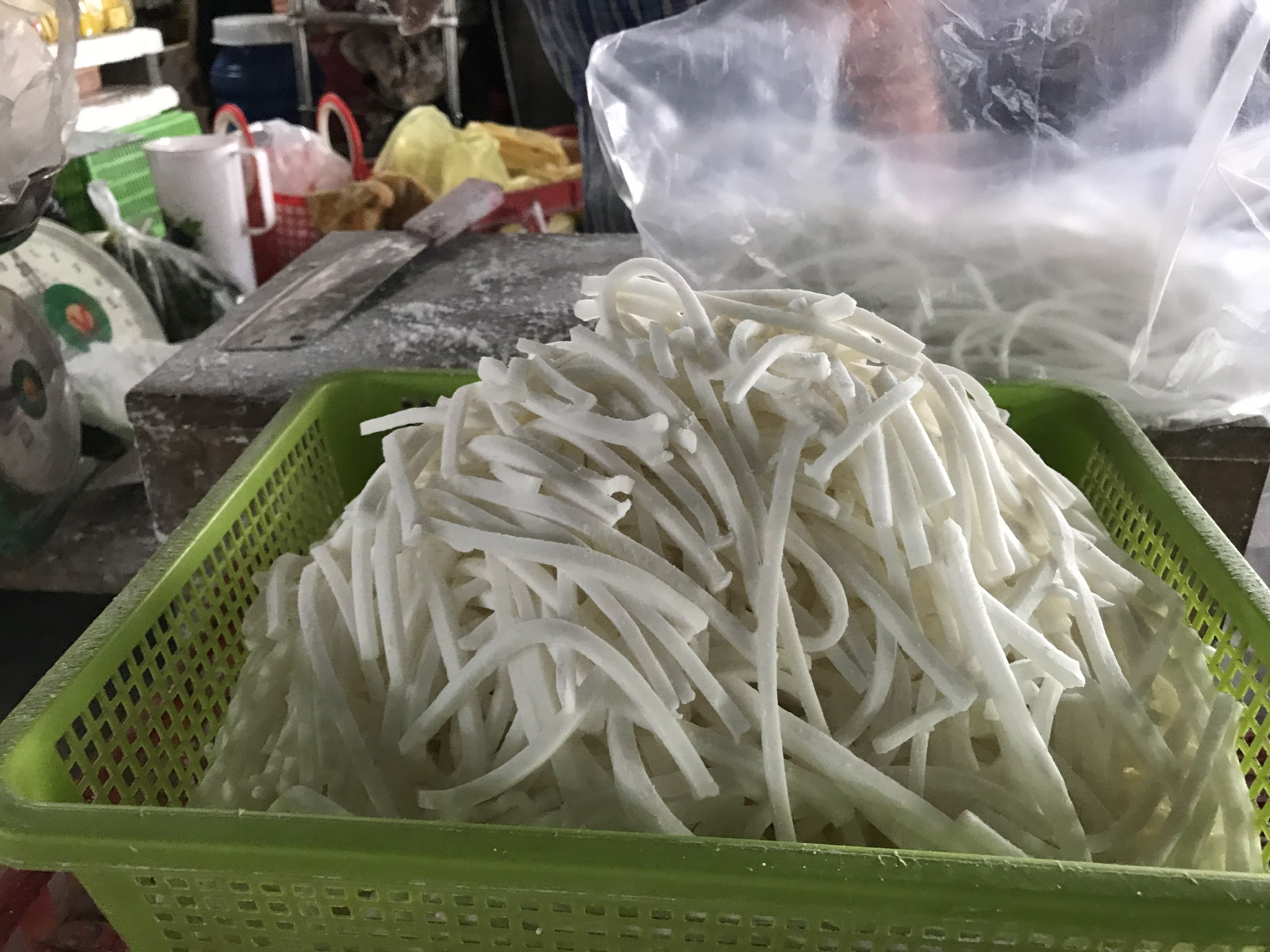
Rice flour, milled, kneaded, and rolled using traditional methods, is sold in local markets. Although a bowl of banh canh (rice noodle soup) is very affordable, many Hue housewives occasionally like to buy these fresh noodles to cook banh canh for their families according to their own preferences.
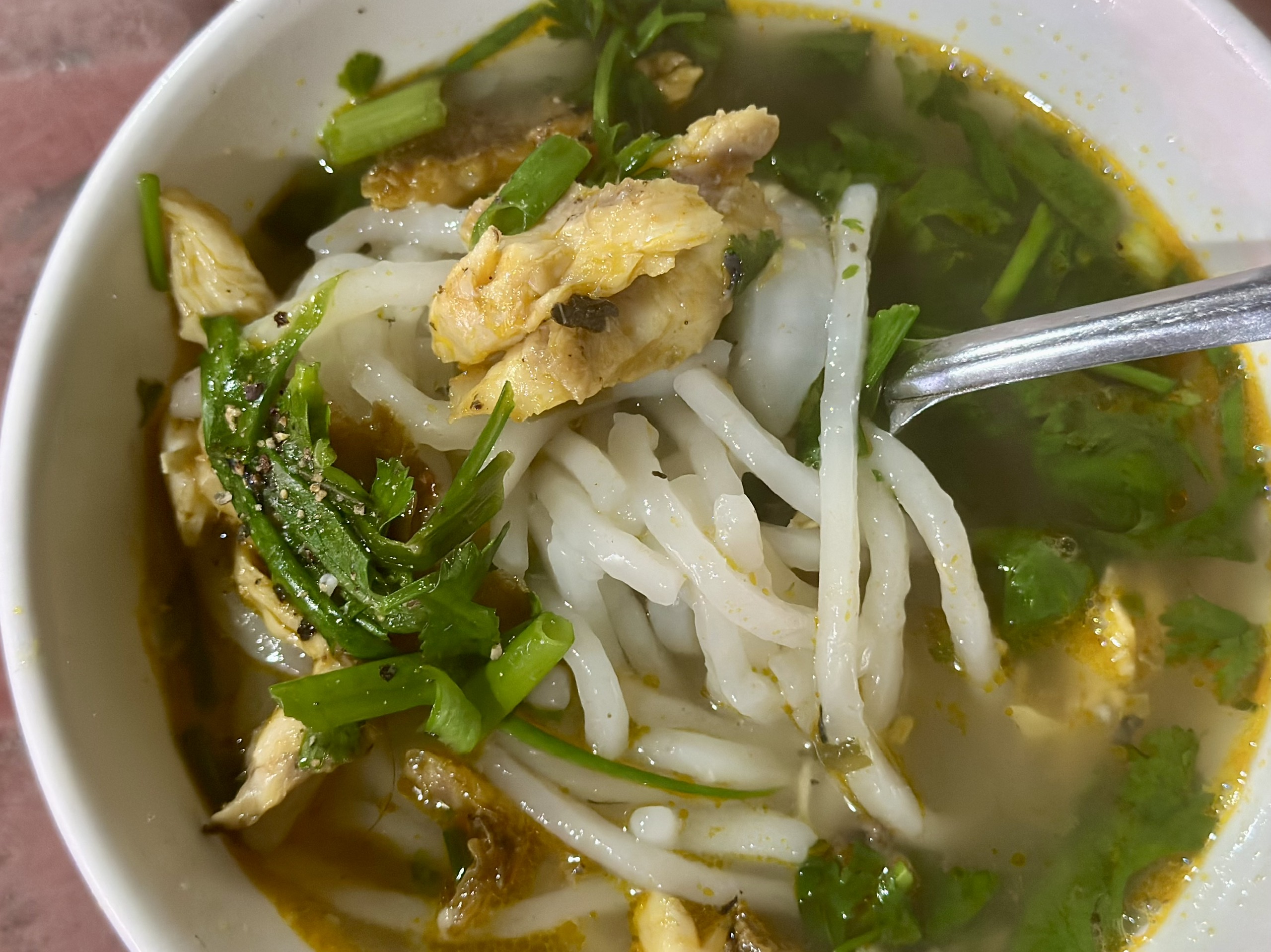
People in Hue rarely eat snakehead fish noodle soup for breakfast; this dish is usually chosen for a mid-morning or late-night meal. Also at an affordable price, a bowl of snakehead fish noodle soup at a roadside stall costs only 10,000 - 20,000 VND (depending on the amount of toppings added).
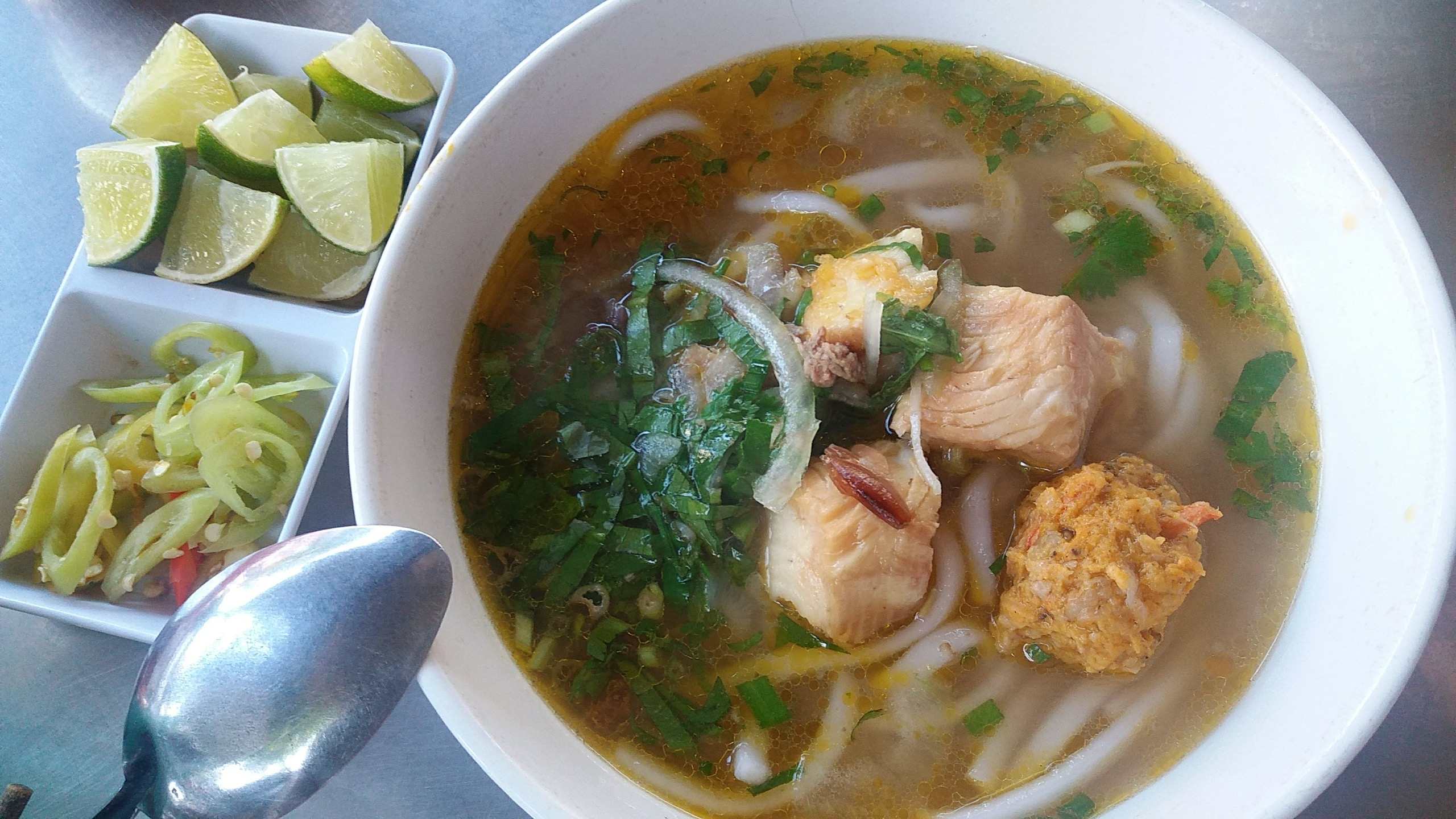
The broth of Hue-style banh canh (rice noodle soup) is said to have a rich flavor thanks to the addition of shrimp paste during cooking...
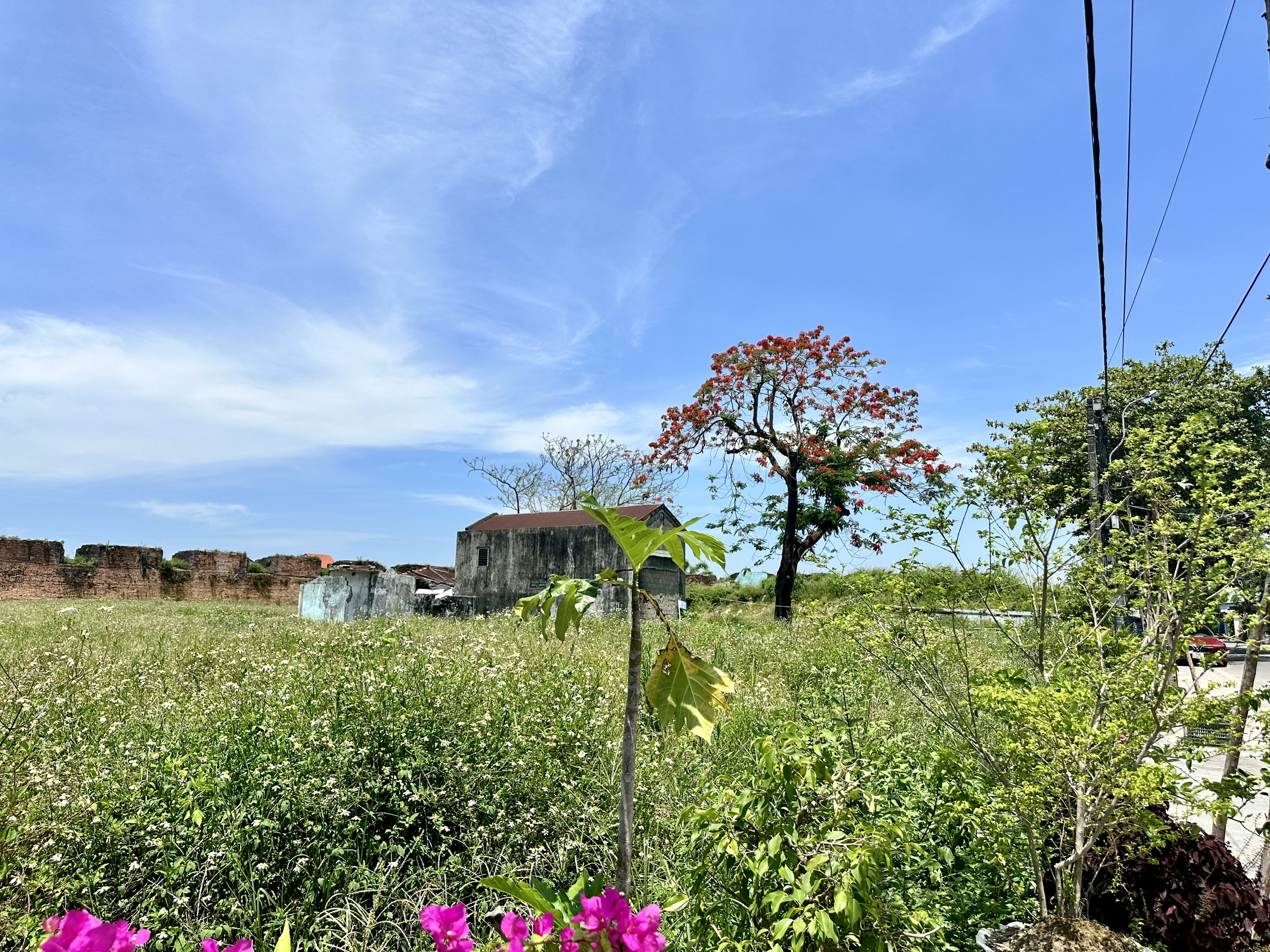
The flame tree is in full bloom with vibrant red flowers – this used to be the playground of Luong Y Primary School. In front of the school gate, there's Mrs. Xay's noodle soup stall – a small corner of the poor neighborhood near the Citadel… This area used to be densely populated but has been cleared due to encroachment on the Upper Citadel and will soon become a public park.
During the cold winter days, the humble bowl of banh canh (rice noodle soup) sold in the small neighborhoods near the Citadel has become an unforgettable memory for many Hue residents... Today, the poor neighborhoods within the Hue Imperial Citadel have been cleared, and the "legendary" banh canh vendors have disappeared. However, visiting Hue now, it's not too difficult to find a bowl of traditional banh canh, the only difference being that the pot of banh canh is no longer carried in a basket but is cooked on the spot or transported by vehicle...
Source: https://thanhnien.vn/co-gi-trong-to-banh-canh-10000-dong-o-hue-185240528174515516.htm



![[Photo] Prime Minister Pham Minh Chinh receives Lao Minister of Education and Sports Thongsalith Mangnormek](/_next/image?url=https%3A%2F%2Fvphoto.vietnam.vn%2Fthumb%2F1200x675%2Fvietnam%2Fresource%2FIMAGE%2F2025%2F12%2F16%2F1765876834721_dsc-7519-jpg.webp&w=3840&q=75)
![[Photo] Prime Minister Pham Minh Chinh receives the Governor of Tochigi Province (Japan)](/_next/image?url=https%3A%2F%2Fvphoto.vietnam.vn%2Fthumb%2F1200x675%2Fvietnam%2Fresource%2FIMAGE%2F2025%2F12%2F16%2F1765892133176_dsc-8082-6425-jpg.webp&w=3840&q=75)

![[Live] 2025 Community Action Awards Gala](/_next/image?url=https%3A%2F%2Fvphoto.vietnam.vn%2Fthumb%2F1200x675%2Fvietnam%2Fresource%2FIMAGE%2F2025%2F12%2F16%2F1765899631650_ndo_tr_z7334013144784-9f9fe10a6d63584c85aff40f2957c250-jpg.webp&w=3840&q=75)
![[Image] Leaked images ahead of the 2025 Community Action Awards gala.](/_next/image?url=https%3A%2F%2Fvphoto.vietnam.vn%2Fthumb%2F1200x675%2Fvietnam%2Fresource%2FIMAGE%2F2025%2F12%2F16%2F1765882828720_ndo_br_thiet-ke-chua-co-ten-45-png.webp&w=3840&q=75)
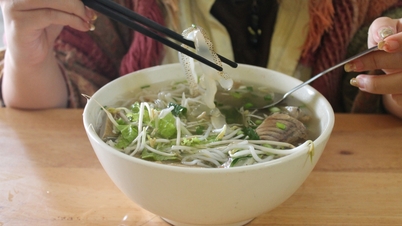

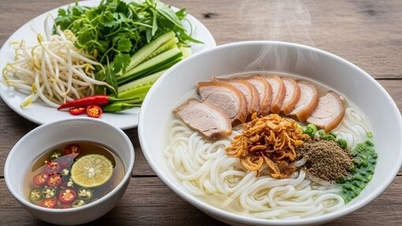



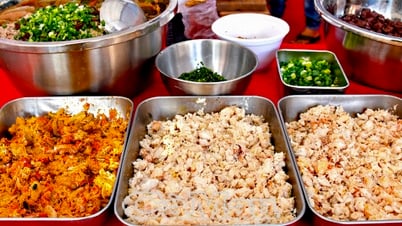

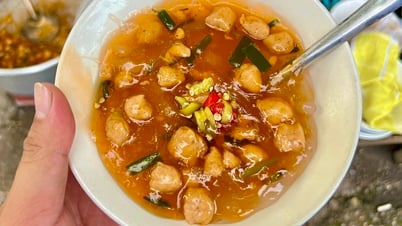
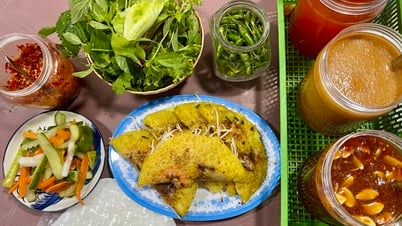


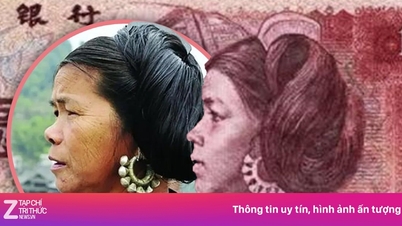




















































![[Photo] Prime Minister Pham Minh Chinh attends the Vietnam Economic Forum 2025](https://vphoto.vietnam.vn/thumb/402x226/vietnam/resource/IMAGE/2025/12/16/1765893035503_ndo_br_dsc-8043-jpg.webp)


































Comment (0)